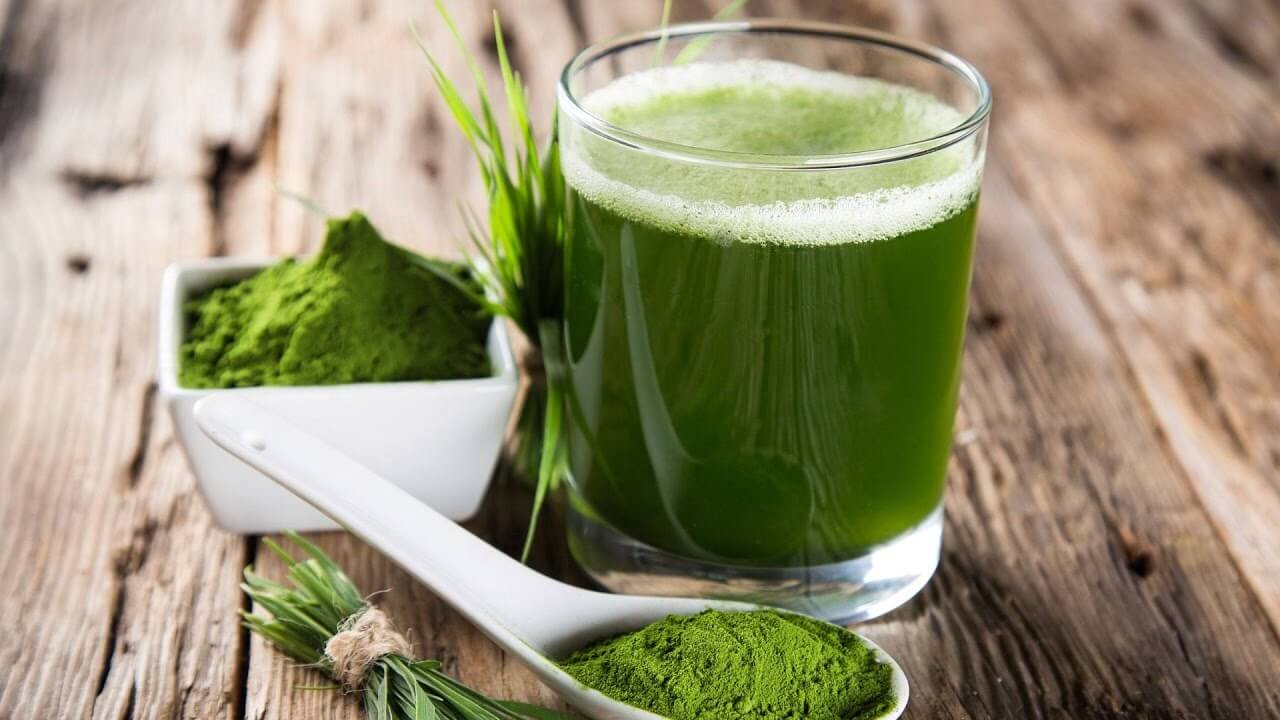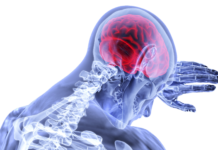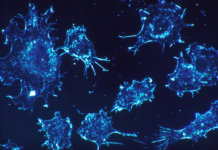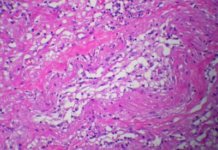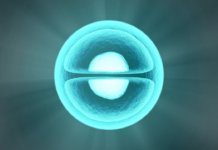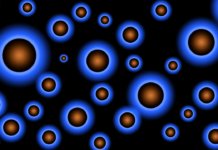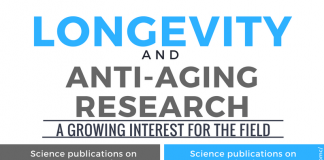Antioxidants, who benefits? not all cells
Hundreds of studies have proved that protection against ROS (Reactive Oxygen Species = oxydants) is beneficial against aging, especially though the regulation of oxydation-caused DNA damage. However, ROS are also central to stress mechanisms that trigger the systems programming the death of cells [1]. Cells not dying can in itself be good news, but there is a issue when damaged cells should die, and they don’t. The balance between ROS and antioxydants is a vital one to preserve an equilibrium as well as a natural cell turnover, in order the guarantee the stability of our DNA [2].
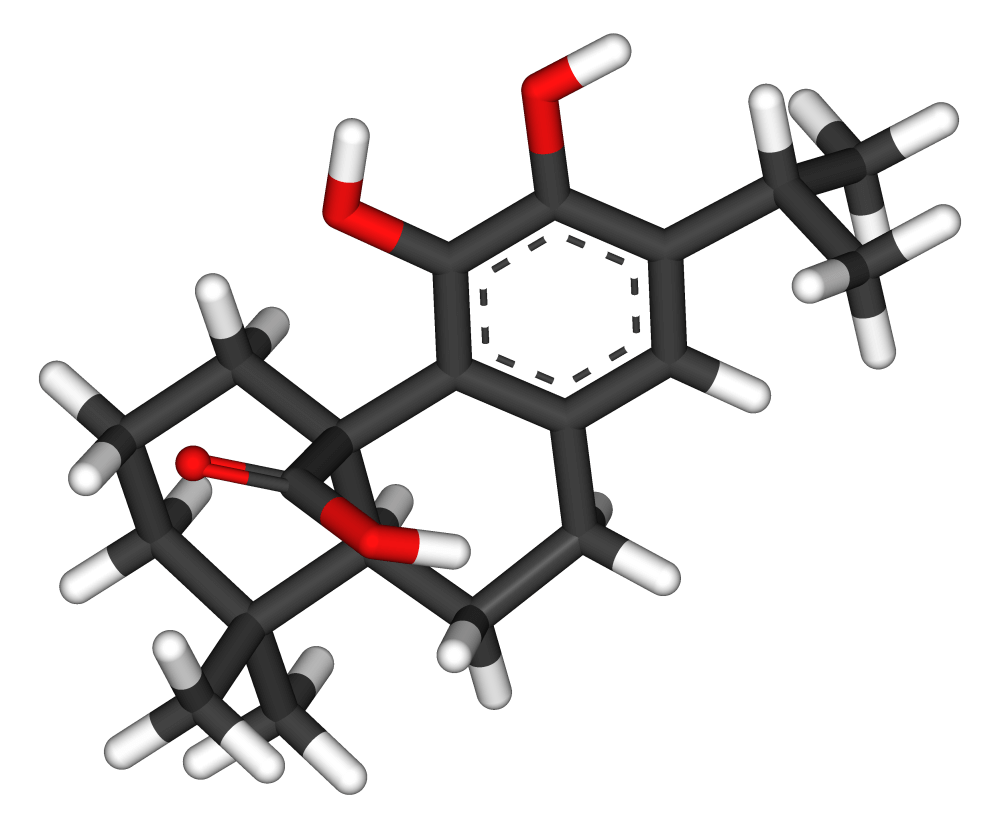
Off with antioxidants in stem cells!
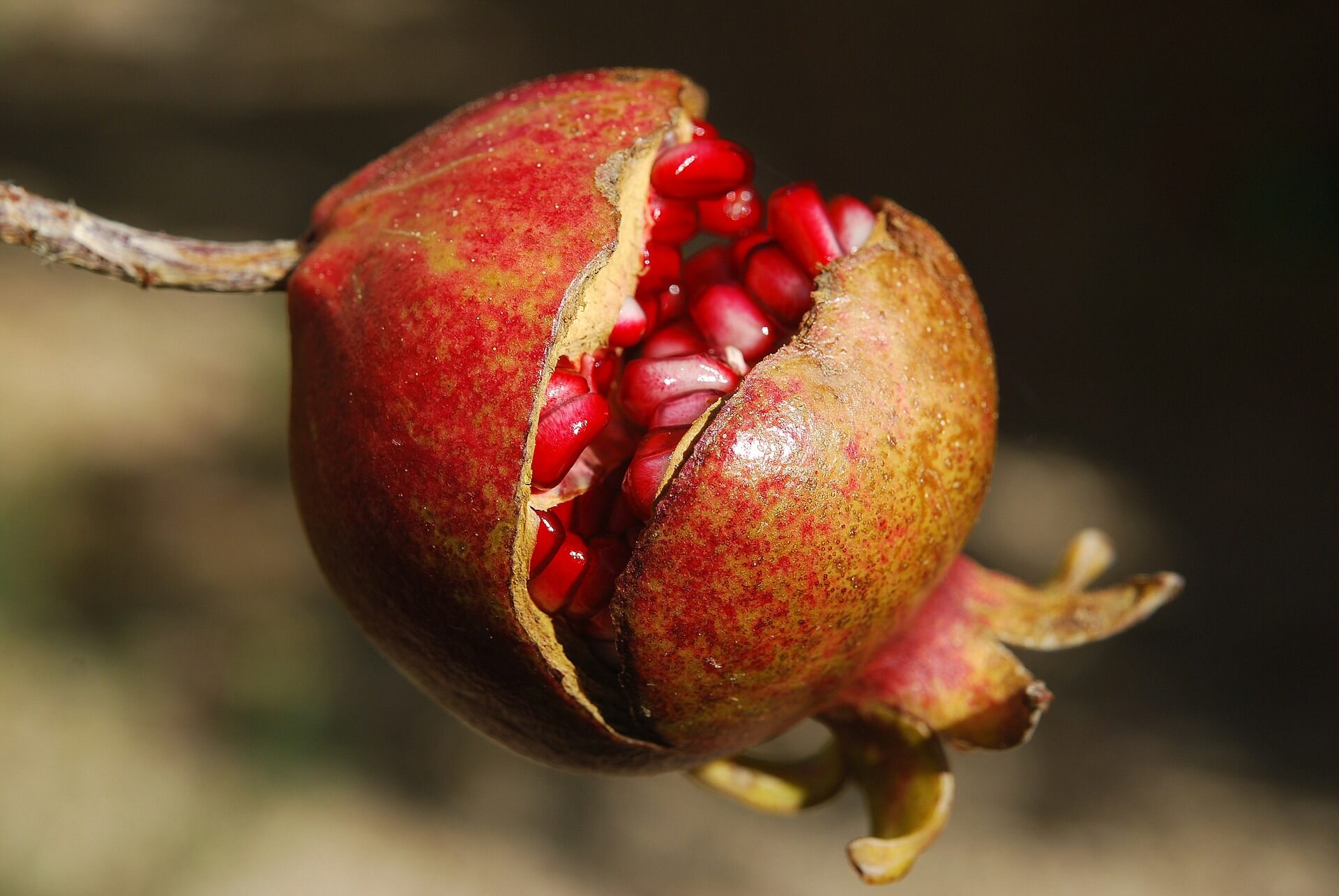
There are many types of stem cells. One specific type, A-IPSCs (adult-induced pluripotent stem cells) is at the heart of some of the most promising technologies of today: those cells are derived from our bodies and reprogrammed into stem cells. In a recent study, Skamagki et al. [3] have explored the role of the ROS/antioxydants homeostasis in A-IPSC cells and discovered a new protein (ZSCAN10) that sustains this critical balance. They have shown that in A-IPSC cells, which still have no medical applications due to their genetic instability and to the activation of detrimental pathways, activating ZSCAN10 could reactivate cellular death pathways and restore the ROS/antioxydants hometostasis. This major discovery allows to generate stable and viable A-IPSC cells, which represents a major breakthrough in the field of stem cells.
To take or not to take antioxidants
To this day, all studies seem to conclude that it is crucial to fight the oxydation that comes with aging, especially knowing that our daily intake in antioxydants generally does not cover our needs. It would seem that taking antioxydants supplements remains necessary ; however, we must beware of going over the recommended dosage, and even lower them a little in order to maintain our cells’ potential to heal themselves.
Our bodies are beautiful machines, let’s trust them a bit!
References
[1] Guo, Z. et al. ATM activation by oxidative stress, Science, 2010, 330, 517–521
[2] Franco, R. & Cidlowski, J. A. Apoptosis and glutathione: beyond an antioxidant. Cell Death Differ. 2009, 16, 1303–1314
[3] Skamagki, M. et al. ZSCAN10 expression corrects the genomic instability of iPSCs from aged donors, Nat. Cell Biol. 2017, 19, 1037–1048
Dr. Marion Tible

Author/Reviewer
Auteure/Relectrice
Marion Tible has a PhD in cellular biology and physiopathology. Formerly a researcher in thematics varying from cardiology to neurodegenerative diseases, she is now part of Long Long Life team and is involved in scientific writing and anti-aging research.
More about the Long Long Life team
Marion Tible est docteur en biologie cellulaire et physiopathologie. Ancienne chercheuse dans des thématiques oscillant de la cardiologie aux maladies neurodégénératives, elle est aujourd’hui impliquée au sein de Long Long Life pour la rédaction scientifique et la recherche contre le vieillissement.
En savoir plus sur l’équipe de Long Long Life


